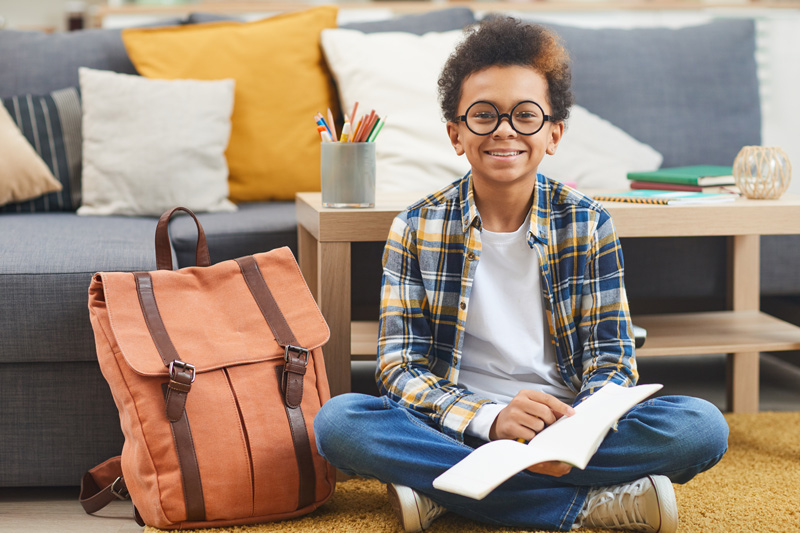As schools continue to face the challenge of educating their students from a distance, parents are required to be more involved. Unsurprisingly, in-person learning doesn't always translate smoothly into virtual learning. While we continue to adapt and get creative, consider utilizing the following 8 tips:
Create routines, not schedules. Instead of creating rigid plans for how each school day should work, try creating routines for learning. Find something that can signal to your kids it's time to settle down and focus. Many classrooms sing or play a song or sit in a circle at the beginning of the day. Creating routines and habits can help guide your family throughout the school day in a smooth, manageable way.
Take brain breaks. Adults struggle to sit in front of a computer for eight hours, and kids are no different. Brain breaks can be short and include simple breathing exercises or getting energy out by running up and down the stairs to stay focused and motivated. Or, they could be longer, mid daybreak and have a walk around the block and sitting down for lunch together. Regularly getting up and moving can stimulate learning.
Break things down. If your child has multiple assignments or projects to do, it can help break them down into smaller tasks so they're not overwhelming. If they have to read 3 chapters, create a short term goal to finish 1. Take a break and come back to it later, depending on the amount of time they have. Tackling smaller pieces feels manageable.
Provide an environment that promotes learning. Most parents already have a space set up at home to focus solely on schoolwork. But if you haven't, or it's more of a temporary space, consider spending some time making it into an area they'll enjoy. This might be a fun activity to do with your kids to help decorate and personalize to make it their own.
Encourage physical activity and exercise. Your child will be sitting in front of their computer for long periods. Encourage them to use the breaks in the day to stretch, walk the dog, or do jumping jacks — any movement helps!
Embrace mindfulness skills. Implementing mindfulness strategies can help children regulate emotions, cope with big feelings, and manage stress. Taking balloon breaths, using fidget toys, or listening to a child-friendly meditation app can be engaging and fun for both you and your child.
Check-in with your child’s advisor or teachers. Working with teachers allows you to monitor improvement and identify problematic areas to keep their education on track. These conversations don't have to just about assignments. If you see new behaviors at home, reaching out to a teacher may help, especially since the teachers aren't seeing their students regularly.
These are challenging times for anyone, especially for kids at home. Ultimately, making these small, mindful changes will have a positive effect on you and your child’s overall wellness.

